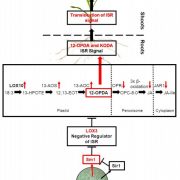
Oxylipins other than jasmonic acid regulate systemic resistance (Plant Cell)
Plant Science Research WeeklyPlant roots communicate with microbes in a sophisticated manner through chemical communication within the rhizosphere, thereby leading to biofilm formation of beneficial microbes and resulting in priming of defence, or induced resistance in the plant host to a wide range of pathogens (induced systemic…
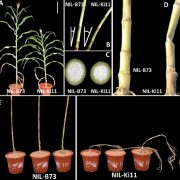
Plant Science Research Weekly: November 15
Blog, WWR Full PostReview: Genetic strategies for improving crop yields
Simply put, as food demand increases due to population growth and increased affluence, crop yields are likely to decrease due to the changing climate. Plant scientists will be familiar with many research avenues that aim to address this disconnect,…
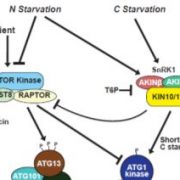
You Are What You Eat: An ATG1-Independent Path to Autophagy
Research, The Plant Cell, The Plant Cell: In BriefFixed carbon derived from photosynthates serves critical roles as both a chemical energy reservoir and a building block for anabolic processes. Environmental constraints that place limitations on a plant’s fixed-carbon economy, such as prolonged darkness and photosynthetic stress, can therefore be…
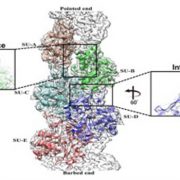
The first structure of plant actin filaments
Research, The Plant Cell, The Plant Cell: In a NutshellRen et al. examine the structure of maize pollen actin.
Plant Cell https://doi.org/10.1105/tpc.18.00973
Zhanhong Ren (Ph.D. candidate), Key Laboratory of Cell Proliferation and Regulation Biology of Ministry of Education, Center for Biological Science and Technology, College of Life Sciences, Beijing…
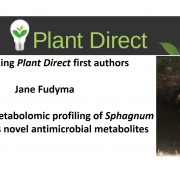
Recognizing Plant Direct authors: Jane Fudyma
Plant Direct, Plant Direct: Author ProfilesJane Fudyma, first author of Untargeted metabolomic profiling of Sphagnum fallax reveals novel antimicrobial metabolites
Current Position: Research Specialist & Laboratory Manager, University of Arizona, Tucson, AZ
Education: BS (Hons) General Science, Biology/Chemistry Concentrations, 2013
Non-Scientific…

Recognizing Plant Cell authors: Mengna Zhuo
The Plant Cell, The Plant Cell: Author ProfilesMengna Zhuo, first author of A Jasmonate-activated MYC2-Dof2.1-MYC2 Transcriptional Loop Promotes Leaf Senescence in Arabidopsis
Current Position: PhD student, Biotechnology Research Center, The University of Tokyo, Japan
Education: M.Sc. in Agriculture, The University of Tokyo, Japan; B.Sc. in Veterinary…
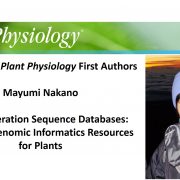
Recognizing Plant Physiology authors: Mayumi Nakano
Plant Physiology, Plant Physiology: Author ProfilesMayumi Nakano, first author of Next-Generation Sequence Databases: RNA and Genomic Informatics Resources for Plants
Current Position: Scientific Manager, Meyers Lab, Donald Danforth Plant Science Center
Education: M.A. in Japanese Literature from University of Wisconsin-Madison, M.A. in Comparative…
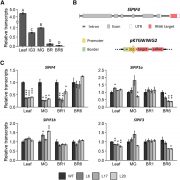
Phytochrome-Interacting Factors and Tomato Qualities
Plant Physiology, Plant Physiology: On The InsidePhytochromes (PHYs) are red/far-red light photoreceptors that are activated by light and deactivated by dark and high temperature. Upon light exposure, PHYs are translocated into the nucleus, where they interact with PHY-INTERACTING FACTORS (PIFs) and induce the degradation of these transcription factors.…

Insights into Esca Grape Vine Disease
Plant Physiology, Plant Physiology: On The InsideEsca is a fungal vascular disease of grapevine (Vitis vinifera) that negatively impacts grape yield and the wine industry. Esca is characterized by three main symptoms: leaf scorch, trunk necrosis, and a colored stripe along the vasculature. The fungi most strongly associated with esca wood necrosis…

